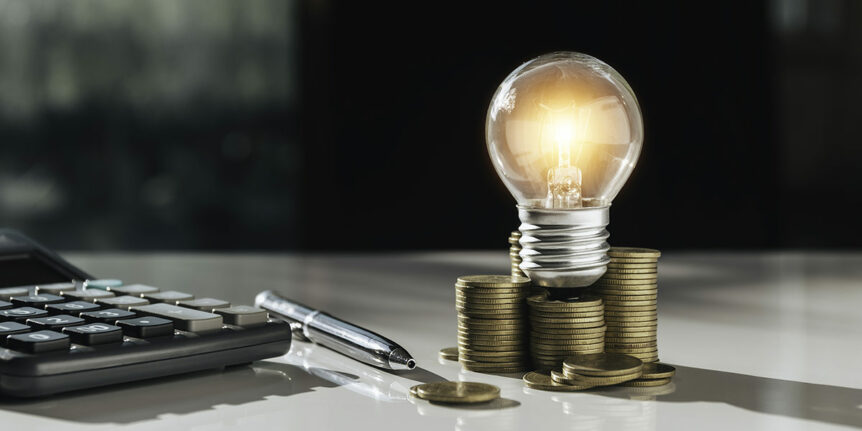Whether you’re changing out your HVAC, lighting, or performing tenant improvements, building decisions or ownership approval usually boil down to budget. Financial constraints are often the limiting factor when retrofitting systems or equipment. Sometimes facility upgrades can be justified with utility rebates, tax credits, discounts, or other monetary incentives to make your budget work. While this is effective, oftentimes the most impactful energy-saving projects are also capital-intensive which can overextend your resources.
One of the most effective ways to quantify the real value of an upgrade is to take inventory of all tangible benefits and translate them into cost savings. Energy savings, while important, affects only a small portion of a building’s total operating costs. Rent, taxes, vacancy, turnover, and maintenance are just some of the costs that can be significantly greater than the monthly utility bill.
So how do you translate these non-energy benefits into tangible cost savings?
One example, upgrading HVAC and lighting can dramatically improve employee productivity and morale. But how does this translate into cost savings? For example, if a company with a monthly revenue of $1 Million sees a 1% increase in productivity, then they will have a non-energy benefit equivalent of $10,000 per month! Other upgrades to improve employee comfort such as additional insulation, improved task lighting, and energy efficient office equipment improve the quality of the work environment which can attract more talent.
These metrics can be a great way to justify the additional financial outlay of upgrading your building’s systems to be more energy efficient. The savings will be seen far beyond the life of the equipment, as the positive impacts are revealed within your routine work practices and culture. For more information on how to translate non-energy benefits into monetary savings, reach out to one of our skilled energy associates at ERI.

